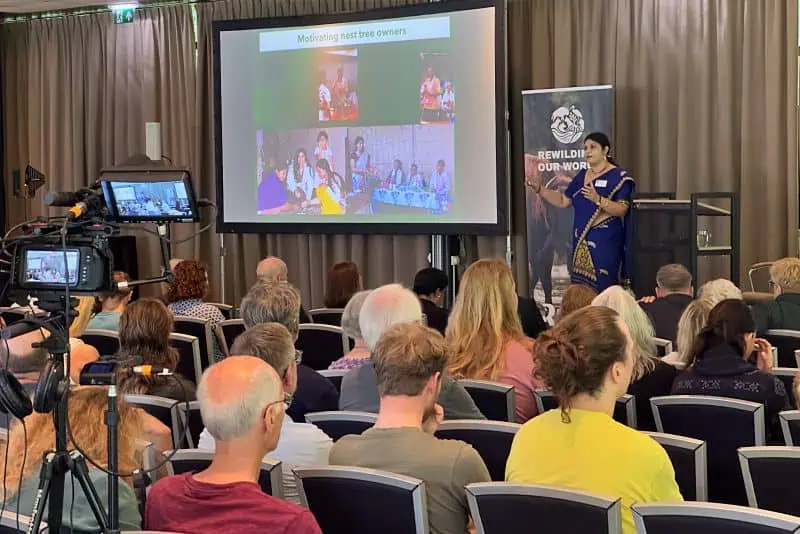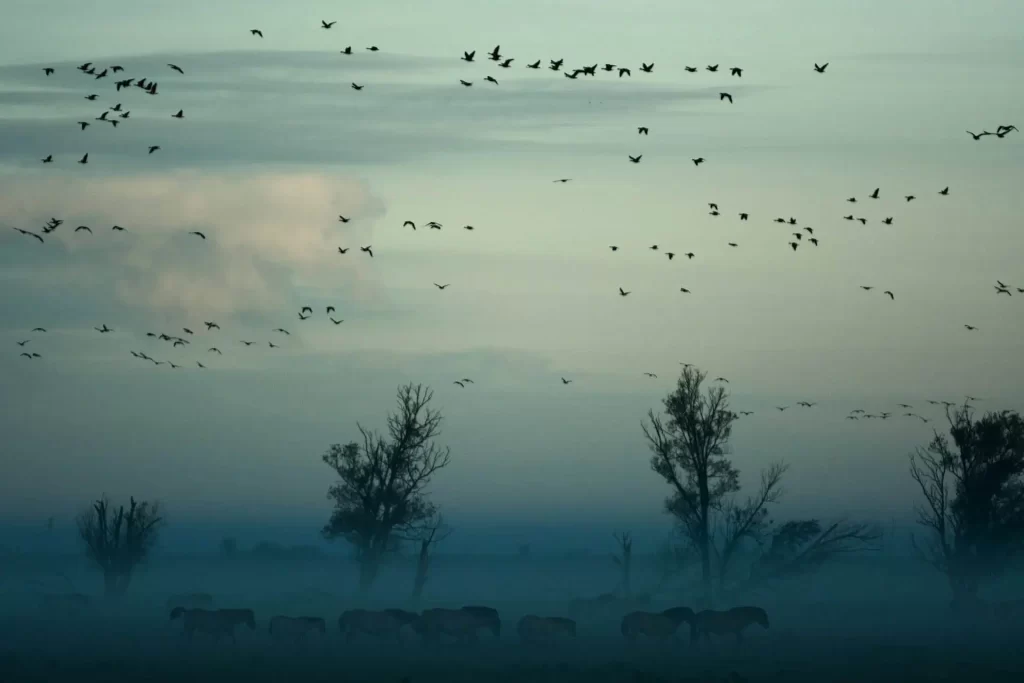Share:
Pros and Cons of the Miyawaki Concept and Tiny Forests

The Miyawaki method, pioneered by Japanese botanist Akira Miyawaki, and the Tiny Forests method developed by Shubhendu Sharma, have gained widespread attention as a promising approach to reforestation and biodiversity restoration. By mimicking natural forests and leveraging native plant species, these techniques aims to accelerate forest growth and enhance ecological resilience. However, like any methodology, the concepts carry both advantages and disadvantages, along with considerations of environmental implications. Its widespread adoption has sparked debates regarding its applicability, effectiveness, and potential ecological and climate impact.
Origins and Development
Akira Miyawaki’s journey into ecological restoration began in the midst of Japan’s rapid industrialization and environmental degradation. Influenced by the concept of “potential natural vegetation” introduced by German botanist Reinhold Tüxen, Miyawaki dedicated himself to cataloging Japan’s native plants and exploring methods to recreate natural ecosystems. His collaboration with Japanese corporations led to the development and implementation of the Miyawaki method in the 1970s, aiming to restore green spaces in industrial areas.
Core Concepts
The Miyawaki method entails meticulous steps, including identifying native plant species, enhancing soil quality, and densely planting seedlings to simulate natural forest conditions. By encouraging intense competition among plants for sunlight and resources, the method accelerates forest growth and biodiversity restoration. Moreover, its emphasis on native species promotes ecological resilience and habitat creation for indigenous fauna.
Expansion and Global Impact
Over the years, Miyawaki’s method gained traction not only in Japan but also internationally, with projects spanning Southeast Asia, Jordan, Brazil, and beyond. Collaborations with Japanse companies facilitated the application of the Miyawaki method in tropical regions, aiming to regenerate degraded forest lands.
Emergence of Tiny Forests
In the past 15 years, a new trend has emerged within the realm of urban afforestation: Tiny Forests. Inspired by the Miyawaki method, Tiny Forests are small-scale, dense plantations of native species designed to mimic natural ecosystems. These miniature forests, typically covering just a few hundred square meters, have gained popularity for their potential to enhance urban biodiversity, improve air quality, and provide green spaces for local communities.
Origin and Concept
The concept of Tiny Forests traces its roots to Miyawaki’s urban greening initiatives. Shubhendu Sharma, a former engineer at Toyota, was inspired by a lecture from Miyawaki, who at that time had already restored over 600 primeval forests in Japan. In 2009, Miyawaki began planting a forest on Toyota’s site near Bangalore, India, and Sharma volunteered to assist him. Impressed by the results, Sharma created a small forest in his own family garden, spanning 75 square meters. Encouraged by the observed success, he continued to develop a method called Tiny Forests, based on two core principles: using only native plants and prioritizing soil quality.
Implementation and Impact
Tiny Forests have garnered attention worldwide, with initiatives springing up in cities across Europe, North America, and Asia. Organizations, municipalities, and community groups have embraced the concept as a means of reclaiming vacant lots, revitalizing degraded urban spaces, and promoting environmental stewardship. By involving local residents in planting and maintaining these miniature forests, advocates hope to foster a sense of ownership and connection to nature among urban dwellers.
Pros and Cons
Pros:
- Rapid Forest Regeneration: One of the main advantages of the Miyawaki and Tiny Forest concepts are their ability to promote fast and dense forest growth. By densely planting a variety of native species in a small area, the technique encourages competition among plants, leading to accelerated growth rates compared to traditional reforestation methods.
- Biodiversity Enhancement: The methods prioritize the use of native plant species, which helps restore and preserve local biodiversity. By recreating natural ecosystems, these reforested areas can provide habitats for a wide range of flora and fauna, supporting ecosystem services such as pollination and soil health.
- Carbon Sequestration: Mature forests are important carbon sinks, absorbing and storing large amounts of carbon dioxide from the atmosphere. By rapidly establishing dense forests, the concepts have the potential to contribute significantly to carbon sequestration efforts, helping mitigate climate change.
- Community Engagement: Miyawaki and Tiny Forest projects often involve local communities, fostering environmental awareness, and ownership of green spaces.
- Ecosystem Services: These miniature forests contribute to air purification, carbon sequestration, and stormwater management, enhancing urban environmental quality.
Cons:
- Resource Intensive: Implementing the Miyawaki and Tiny Forest method can require significant resources, including labor, materials, land and energy which may pose logistical and financial challenges.
- Climate Concerns: When energy consumption for transportation, implementation, managment and monitoring relies on fossil fuels, it becomes imperative to find solutions to offset carbon emissions. This can involve transitioning to renewable energy sources to go beyond net-zero goals and achieve a climate-positive impact.
- Ecological Disruption: Introducing non-native species or altering soil compositions could disrupt existing ecosystems and ecological processes, potentially leading to unintended consequences.
- Applicability Concerns: Some practitioners question the methods’ applicability in diverse ecological environments, e.g. arid areas, emphasizing the importance of context-specific approaches to afforestation and restoration.
- Maintenance Requirements: Sustaining healthy Tiny Forests requires ongoing management, including weeding, pruning, and monitoring for pests and diseases.
- Species Selection: Choosing appropriate native species for Miyawaki and Tiny Forests is crucial to their success, considering factors such as soil conditions, climate suitability, and wildlife habitat needs.
Conclusion
The Miyawaki method and the emergence of Tiny Forests represent innovative approaches to address urban greening, biodiversity conservation, rewilding and ecological restoration. While both concepts offer promising solutions to mitigate environmental degradation and enhance urban resilience, they also present challenges that require careful consideration and adaptive management. By leveraging the strengths of these methodologies and engaging local communities in restoration and urban rewilding efforts, we can create vibrant, sustainable cities and landscapes for generations to come.
Photo: Jeremy Holden / Unsplash






